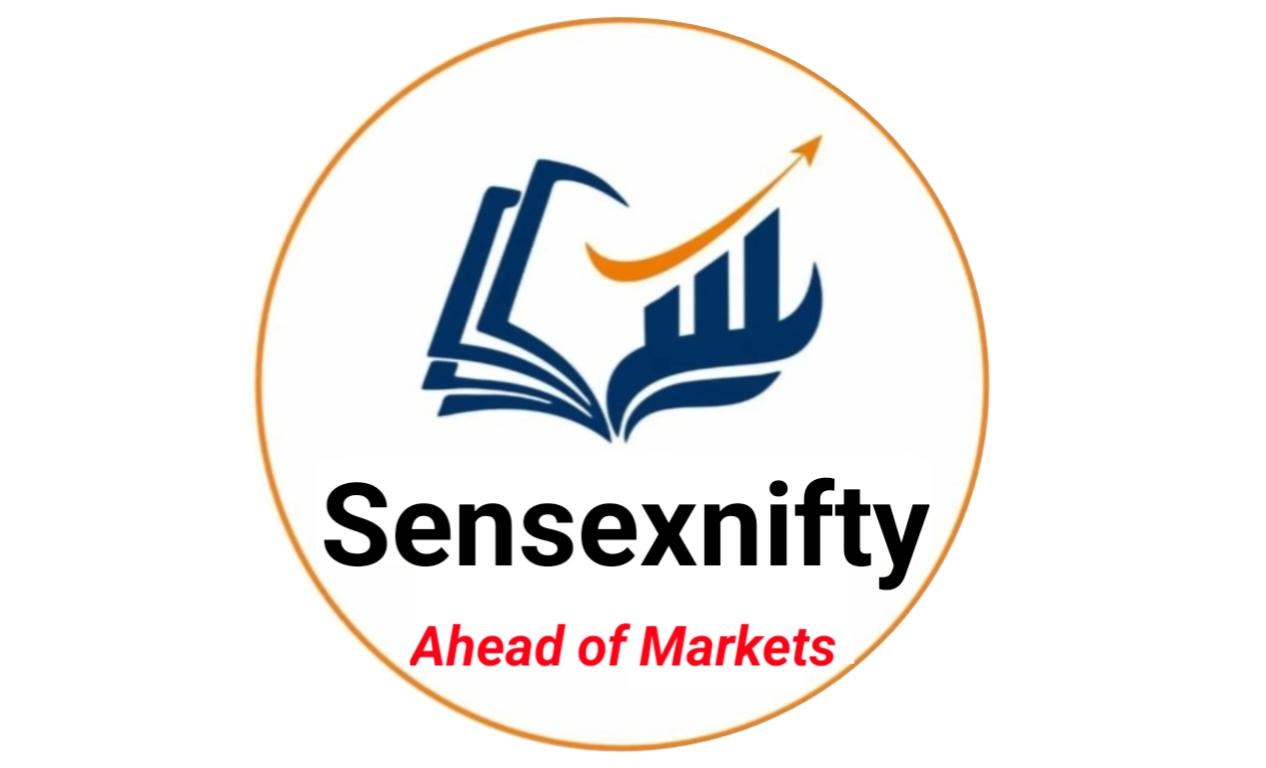
By Niranjan Ghatule | October 7, 2025
In a bold show of defiance and economic resilience, Iran’s crude oil exports have surged to nearly 2 million barrels per day (bpd) in September 2025 — the highest level in seven years. This remarkable rebound, not seen since mid-2018, highlights the limits of U.S. sanctions in restraining Tehran’s oil trade. As tensions intensify over Iran’s nuclear ambitions and regional confrontations, the country’s ability to sustain robust oil exports despite Washington’s “maximum pressure” campaign underscores its strategic adaptability and global leverage.
The Numbers: Record-Breaking Momentum
According to data from maritime tracking firm TankerTrackers.com, Iran’s September exports averaged more than 1.9 million bpd of crude and condensate — a sharp rise from the 1.5 million bpd recorded in 2024 and nearly triple the levels seen during the Trump administration’s earlier sanctions peak, when exports fell to just 400,000 bpd.
This record figure includes shipments from Iran’s expansive “shadow fleet” — a network of tankers using ship-to-ship transfers, location spoofing, and oil rebranding (often labeled as originating from Malaysia or other nations) to evade Western detection and sanctions.
Industry analysts suggest this boost was strategically timed ahead of possible UN “snapback” sanctions, expected to reimpose pre-2015 restrictions under the Joint Comprehensive Plan of Action (JCPOA) framework as early as October 18, 2025. Iran reportedly ramped up loadings over the summer, with peaks hitting as high as 2.5 million bpd.
OPEC and CEIC data show Iran’s crude production remains stable around 3.2 to 3.3 million bpd, giving the country enough headroom for export expansion despite domestic energy demand pressures.

Defying Sanctions: China’s Barter Strategy and the Shadow Fleet
Despite multiple layers of U.S. sanctions, including fresh restrictions imposed since early 2025 under President Trump’s renewed “maximum pressure” directive, Iran’s oil trade remains robust. Washington has blacklisted over 100 entities, vessels, and “teapot” refineries in China, accusing them of facilitating illicit oil flows. Among those targeted are Shandong Shengxing Chemical Co. — for purchasing over $1 billion worth of Iranian crude — and tankers like Reston and Bestla linked to shadow fleet operations.
However, these measures have done little to slow Iran’s exports. China now absorbs 85–90% of Iran’s total oil shipments, roughly 1.7 million bpd. To circumvent U.S. dollar-based transactions, Beijing and Tehran employ a complex barter system: Iranian crude is traded for Chinese infrastructure projects through state-controlled trader Zhuhai Zhenrong, with no cash exchanged.
This barter mechanism, valued at billions of dollars annually, uses yuan-denominated accounts and smaller Chinese banks operating outside Western regulatory systems. Iranian oil is also frequently rebranded to conceal its origin.
Smaller buyers persist as well. Syria receives limited oil shipments through barter deals for regional influence, while India and the UAE continue modest petrochemical trades worth tens of millions of dollars despite sanctions risks.
Although Tehran is forced to sell at discounts averaging 15% below global benchmarks, revenues still exceeded budget projections for FY 2023–2024. These earnings fund both domestic priorities and regional proxy activities, including support for the Houthis and Iran’s advancing nuclear program.
Economic Windfall and Global Ripples
For Iran, this export surge is both a relief and a risk. Oil accounts for roughly 60% of government revenue, providing a temporary fiscal cushion. Yet, the International Monetary Fund estimates that Iran needs crude prices at around $163 per barrel to balance its 2025 budget — double the current Brent price of about $80 per barrel.
Domestically, the aggressive export push has strained the energy grid, triggering periodic blackouts and localized protests as domestic supply lags behind export commitments.
Globally, Iran’s expanded exports are contributing subtle upward pressure on oil prices. With OPEC+’s spare capacity (approximately 3.5 million bpd from Saudi Arabia and the UAE) almost equivalent to Iran’s total production, any new geopolitical disruption — particularly around the Strait of Hormuz — could send prices soaring by 20–30%, with China being among the hardest-hit importers.
U.S. officials have repeatedly warned that Iran’s increasing oil revenues fund “destabilizing activities” across the Middle East, from missile development to armed proxies. As the October 18 JCPOA deadline nears, indirect U.S.-Iran talks via intermediaries like Steve Witkoff have yielded little progress, particularly after recent flare-ups between Israel and Iran.
Conclusion: Sanctions Lose Their Bite
Iran’s oil comeback is a clear demonstration of how resilient and adaptive its export machinery has become. Through China’s barter system, strategic use of shadow fleets, and flexible pricing strategies, Tehran has effectively neutralized much of Washington’s sanctions pressure.
While this may offer short-term financial relief, it also heightens geopolitical risks. The world now faces a delicate balance — between maintaining energy market stability and preventing further escalation in one of the world’s most volatile regions.
For now, Iran’s surge to a 7-year export high serves as both a warning and a revelation: the global sanctions architecture is showing cracks, and energy geopolitics remains a powerful lever in Tehran’s hands.
Disclaimer:
This article is based on publicly available data from TankerTrackers.com, OPEC, EIA, and U.S. government reports. It is intended for informational purposes only and does not constitute investment or policy advice.




